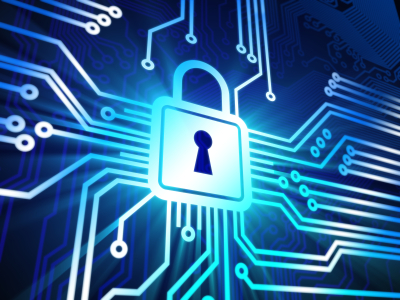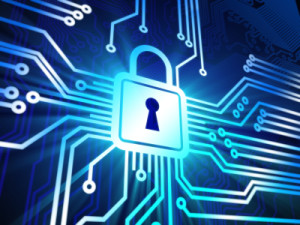Protecting Yourself, Your Digital Life, and Your Business from Hackers

 Each day, more and more people are putting their lives in the cloud. With the growing number of people using smart phones and tablets, this number will only continue to skyrocket.
Each day, more and more people are putting their lives in the cloud. With the growing number of people using smart phones and tablets, this number will only continue to skyrocket.
We are trusting our photographs and videos of our children and families, our email, our banking information, our lives and our businesses to the cloud and its service providers.
Over the weekend, you may have heard about a horror story from Mat Honan.
Honan was hacked. And he lost everything.
Hackers socially engineered their way into his Twitter, Amazon, iCloud and Google accounts. They remotely wiped his iPhone, iPad and laptop. Unfortunately for Honan, he made one fatal mistake: he didn’t back up anything.
You can read the second part of Honan’s story here.
How can you protect yourself, your family and your business?
Secure passwords are the name of the game. Always.
It is widely recommended that passwords should always be at least 8 characters long and contain uppercase letters, lowercase letters, numbers and special characters (!@#$%).
Applications like 1Password are great for generating very secure passwords for your websites and services.
Google even offers a 2-step verification for your Google Account. If Honan had this set up, he could have possibly avoided the massive attack that he suffered. This process takes less than 5 minutes to set up and could save you years of email and protect your accounts from password reset attempts.
Here are some simple guidelines you should follow when dealing with passwords:
Don’t use personal information for passwords, such as your name, your child’s name, business name, pet’s name, birthdays, etc. Chances are that you’ve tweeted or posted on Facebook about any or all of these making this information public knowledge.
Don’t use repeated characters in your password. QWERTY is not a clever password.
Don’t use symbol replacement for letters (@ for a, 3 for e). p@$$w0rd is not a clever password, either, and most brute force attacks will include letter/number replacements in their password cracking attempts.
Don’t share passwords. This is a no-brainer, but it happens more than you’d think. Especially in business. There are times when clients need to share their login information with us. At LyntonWeb, we treat your secure information like we would our own. In most cases we can have our clients add our own account to their account as a user (HubSpot and Google both offer this), which keeps your information your own. If it is necessary to share account logins with anyone, you should immediately change your password after the project is over. You can never be too safe.
Back up everything!
In addition to secure passwords, you need to have backups of everything. Both Windows 7 and Mac OS X have built-in services that allow you to back up your computers to an external hard drive. If you’re a power user or need to back up a ton of data, products like Drobo may be right for you.
However, one backup isn’t enough. There’s a saying about backups: if you only have one, you have none. What happens if your external backup hard drive fails? What happens if your home or office catches fire? Or floods? Or aliens from outer space level it in an attack on planet Earth? Your original copy AND your backup were destroyed.
Online storage backup systems like Carbonite, CrashPlan or even Dropbox have plans that can automatically back up your important documents and files giving you a duplicate copy in the cloud. So, if one backup fails, you have a backup of the backup.
Start locking everything down, now!
Getting started with securing your services may seem like a daunting task and may take the better part of a day to get set up. However, it will protect you and could save you the heartache of losing your entire digital life to hackers.
This article originally appeared on LyntonWeb.